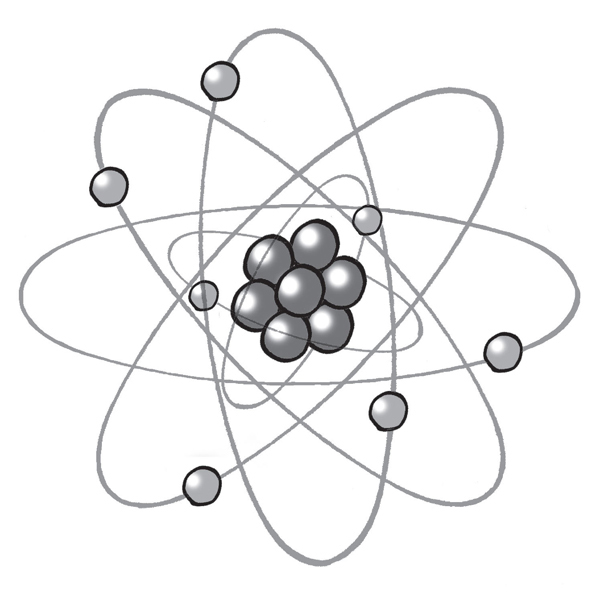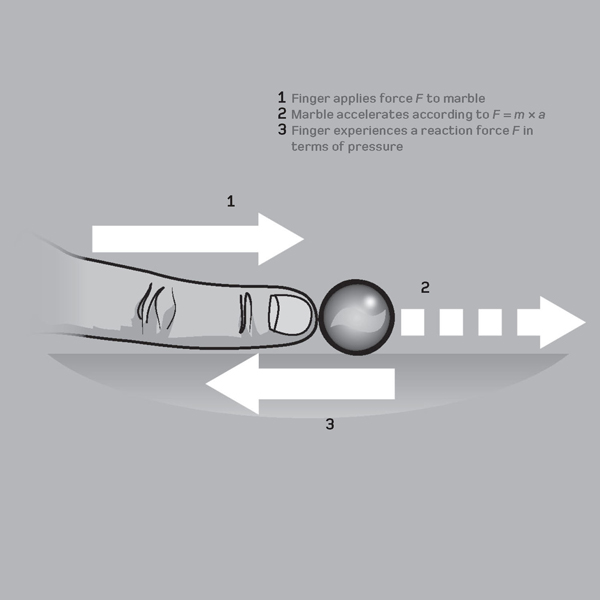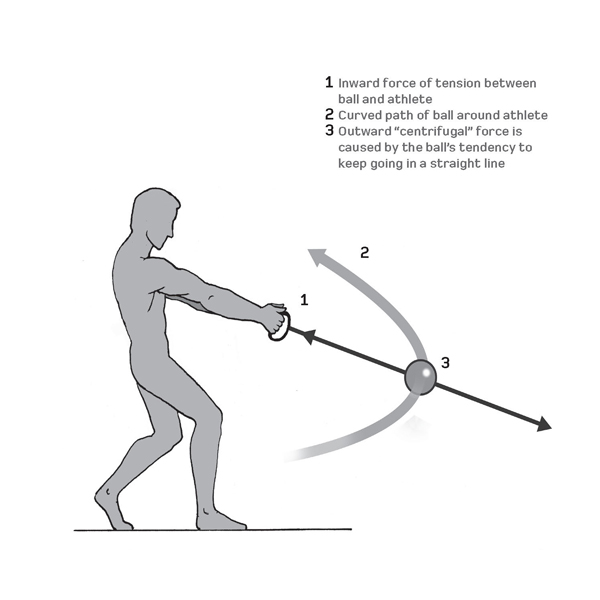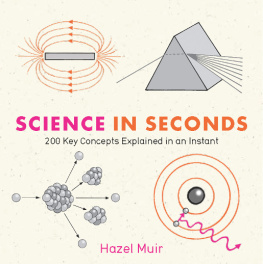
Science in Seconds

Science in Seconds
Hazel Muir


New York London
2012 by Hazel Muir
First published in the United States by Quercus in 2013
Design and editorial by Pikaia imaging
Illustration by Tim Brown, Patrick Nugent, Guy Harvey, and Nathan Martin
All rights reserved. No part of this book may be reproduced in any form or by any electronic or mechanical means, including information storage and retrieval systems, without permission in writing from the publisher, except by reviewers, who may quote brief passages in a review. Scanning, uploading, and electronic distribution of this book or the facilitation of the same without the permission of the publisher is prohibited.
Please purchase only authorized electronic editions, and do not participate in or encourage electronic piracy of copyrighted materials. Your support of the authors rights is appreciated.
Any member of educational institutions wishing to photocopy part or all of the work for classroom use or anthology should send inquiries to Permissions c/o Quercus Publishing Inc., 31 West 57th Street, 6th Floor, New York, NY 10019, or to permissions@quercus.com.
e-ISBN: 978-1-62365-007-0
Distributed in the United States and Canada by Random House Publisher Services
c/o Random House, 1745 Broadway
New York, NY 10019
www.quercus.com
Contents

Introduction
S cience is an amazingly powerful tool for understanding nature. For instance, it has revealed compelling evidence that the universe was born in a fiery explosion 13.7 billion years ago. Scientists have cracked the genetic codes of complex life and eradicated smallpox, a disease estimated to have killed up to 500 million people during the twentieth century alone. When it comes to problem solving, scientific thinking is the best tool in the box.
But many science textbooks are neither fun nor easy to read. Science in Seconds aims to be a readable, user-friendly introduction to key topics in science without getting technical. Theres no reason why you cant get the gist of Einsteins relativity theories (see pages ) in a simple bite-size introduction. Hopefully, this book will inspire even a few people to discover a subject they love and then to dig deeper.
For simplicity, the book is structured into the traditional subjects such as physics, chemistry, and biology, with an index for easy navigation. Narrowing down the topics to two hundred wasnt easy, but the book includes must-have basicsfor instance how biological cells divide and how lasers workas well as some of the more cutting-edge fields such as stem cell therapy and the flourishing hunt for weird and wonderful alien planets beyond our own solar system.
These modern adventures remind us that science is not just about rote learning long-established theoriesa scientists real job is to find out things we dont already know. How can we prevent devastating diseases and climate change? Why does life exist at all? Most of the matter in the universe remains stubbornly unidentified, while more people have been to the Moon than to the deepest parts of our oceans. The real buzz of science lies in detective work, which will keep future scientists busy for a long time to come.
Motion
I n physics, the motion of an object is described in terms of quantities such as velocity, acceleration, and displacement, the distance of a moving object from its origin. Velocity is a vector quantity, specifying not only an objects speed but also its direction, while force is a measure of the push or pull that an object needs to change its velocity, resulting in accelerationthe rate of change of velocity over time.
Newtons laws of motion (see ) define the relationship between force and acceleration for everyday objects such as cars and aircraft, which travel at speeds much slower than the speed of light. Momentum is defined as the product of an objects mass and its velocity. It is a conserved quantity, so that in the absence of any other influences, two pool balls that bounce off each other will have the same total momentum before and after colliding.
An objects kinetic energy is equal to half its mass multiplied by the square of its speed. This quantity measures the work needed to accelerate the object to its given speed from rest.

Newtons laws of motion
I saac Newtons three laws of motion, first published in 1687, describe the relationship between a force acting on a body and the bodys motion due to that force.
The first law says that a body moving with a given speed will maintain that speed in a straight line unless a force acts upon itno force means no acceleration. The second law states that a force (F) will make a body accelerate by an amount (a) thats inversely proportional to its mass (m): F=ma. The third law says that whenever one body applies a force (the action force) to a second one, the second one simultaneously applies an equal and opposite reaction force on the first. Stepping off a boat onto a pier will make the boat move away, for instance.
Newton showed that these laws neatly explain the orbits of the planets around the Sun when combined with Newtonian gravity (see ).

Centripetal and centrifugal forces
A centripetal force is one that makes a body move in a curved path. Gravity is an example of a centripetal force in Newtonian gravity (see ), making a planet orbit a star by continually accelerating the planet toward the star at the orbits center. Without this centripetal force, the planet would fly off into space in a straight line.
When you whirl a tennis ball over your head on a string, the ball feels a centripetal pull force. The centripetal force is often confused with the centrifugal (outward) force, which can be a fictitious force. It accounts for the sense of being pushed outward when looping-the-loop on a roller coaster.
The centrifugal force can also be a reaction force to a centripetal force, according to Newtons third law of motion (see ). In the case of a tennis ball on a string, the whirling ball exerts an outward centrifugal force on the person spinning it.

Newtonian gravity
I saac Newtons law of universal gravitation, published in 1687, was the first clear mathematical description of how bodies such as planets and stars attract each other under their mutual gravitational pull.
Newtons inspiration for the theory came from watching an apple falling from a tree. A falling apple accelerates toward the ground, so Newton reasoned from his laws of motion (see ) that there must be a force, which he called gravity, acting on the apple. This force might have a huge range and could also be responsible for the orbit of the Moon around the Earth, if the Moon had just the right speed to remain in orbit despite constantly falling toward the Earth.
Next page

















